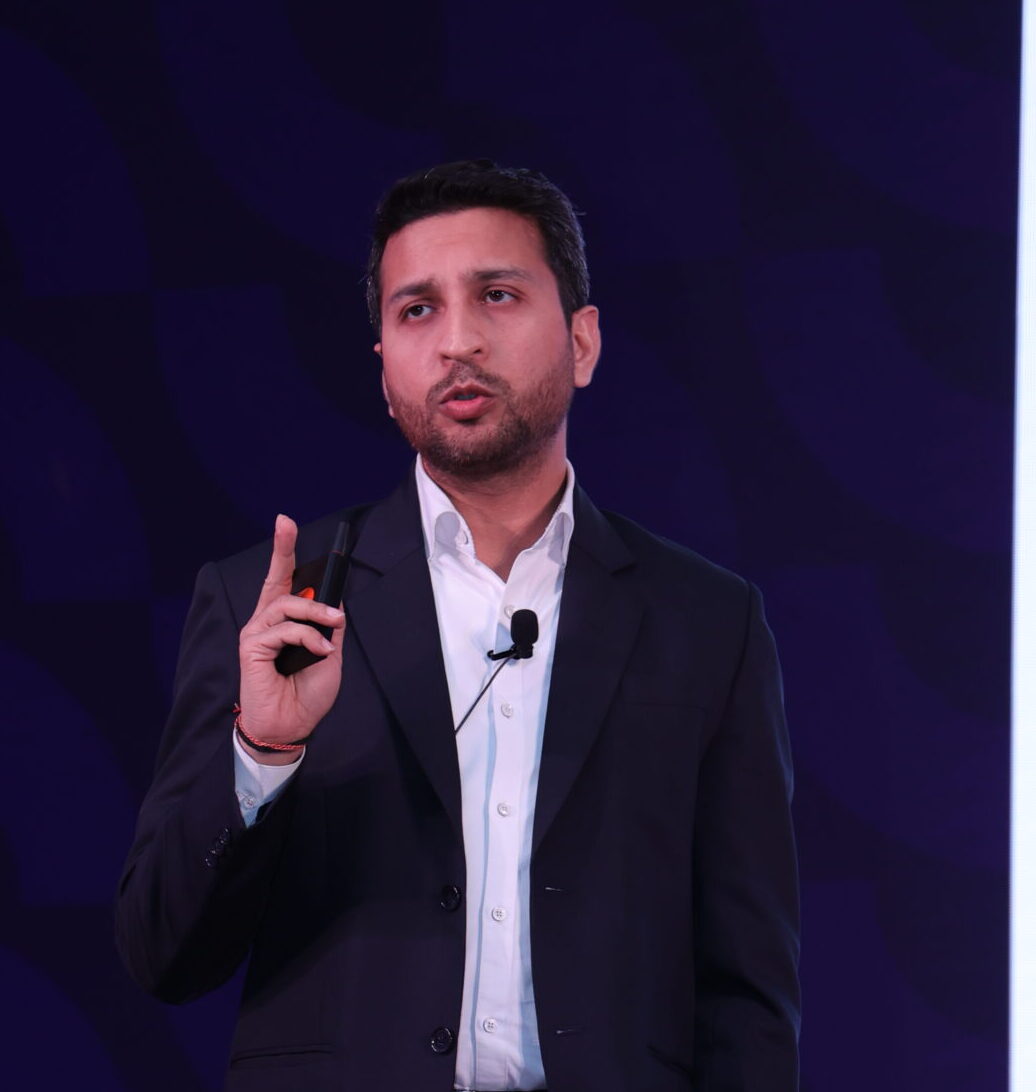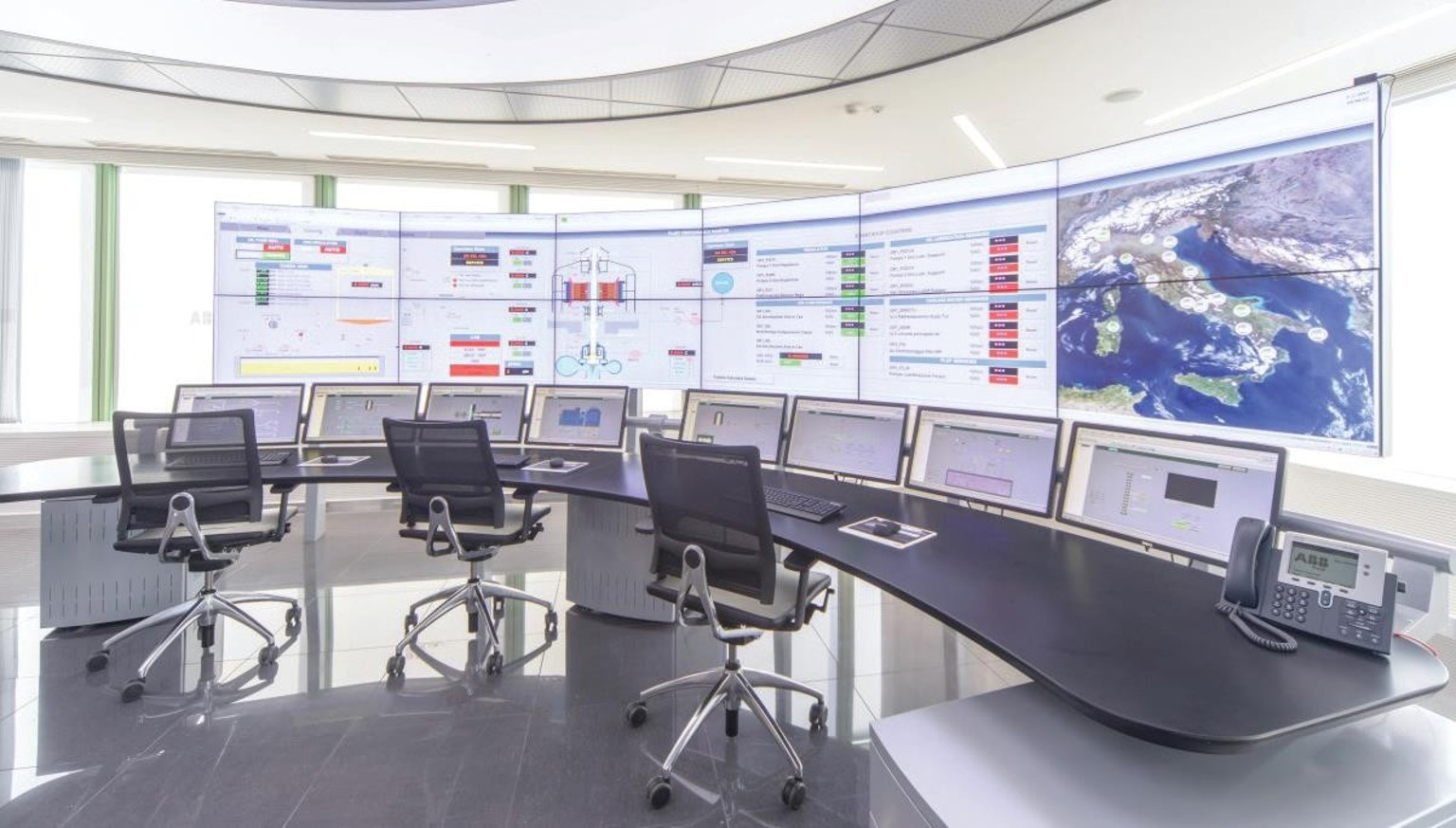INDIA’S EV ECOSYSTEM – FACTORS TO TAKE CARE FOR A LEADERSHIP IN 2024

A recent report, along with the recommendations of the Parliamentary Standing Committee on Industry, forms a critical blueprint for India’s EV journey. These suggestions, which encompass aspects like the FAME II scheme extension, subsidy adjustments, and infrastructure development, need to be examined in the context of current industry trends, economic theories, global best practices, and the ongoing developments in India’s EV ecosystem.
Vehicle Penetration: The number of registered EV vehicles has already surpassed 1.5 million units. However, vehicle penetration, including two-wheelers, is still less than 7%, which was envisaged to be over 15% by several reports. The lack of clear signals to the industry about the continuation of the FAME scheme contributes to this shortfall. Clarity would bring the much-needed preparedness for manufacturers, the industry, and investors in clean mobility.
Charging Infrastructure in India’s EV Landscape: India’s electric vehicle (EV) charging infrastructure is pivotal in the country’s shift towards electric mobility. Despite government initiatives and a growing EV market, the development of a robust charging network lags behind. The challenge lies not only in increasing the number of charging stations but also in ensuring their strategic distribution and technological compatibility.
It has been observed that customers are increasingly moving towards hybrids, primarily those who might have otherwise purchased EVs (4W). The general perception is that chargers are not readily available. NITI Aayog attempted to address this issue in June 2023 by releasing an app intended to provide visibility to the public about all available chargers in the market, irrespective of brand or provider. However, this app has not yet been released, and its status remains unknown.
As of today, India’s ratio of EVs to charging stations is notably low, with significant regional disparities. Major urban centers like Delhi and Bangalore are better equipped than rural areas, highlighting the urban-rural divide. High installation costs, lack of uniform standards, and grid inadequacies are primary challenges. Consumer apprehension about charger availability and reliability exacerbates range anxiety, hampering EV adoption.
The BCG report emphasizes a crucial aspect of EV adoption – the financing of EV infrastructure. A significant barrier to large-scale EV adoption in India is the absence of a holistic EV financing ecosystem. Addressing this challenge is essential, especially considering the estimated INR 45-55 thousand crore required to finance EV purchases by 2026.
The concept of network externalities, as discussed in the works of economists like Joseph Farrell and Carl Shapiro, is highly relevant to EV charging infrastructure. The value of an EV increases with the number of available charging stations, creating a positive feedback loop. This underscores the importance of rapidly expanding India’s charging network. The Indian government, through FAME II and NITI Aayog’s initiatives, demonstrates a commitment to enhancing EV charging infrastructure. However, implementation speed and effective policy translation into ground-level action remain issues. Policies promoting public-private partnerships, subsidization of installation costs, and standardization of charging technology are vital.
Globally, countries like China and Norway have made significant strides in charging infrastructure. China’s strategic blend of government support, private investment, and innovation has led to a widespread network. Norway’s approach, combining incentives with high-density urban charging solutions, offers valuable insights. India can learn from these models in terms of policy formulation, technological adaptation, and incentivization strategies.
India needs a multi-pronged strategy to develop its charging infrastructure. This includes increased investment, streamlined policies, and adoption of global best practices. Ensuring a mix of fast and slow chargers, catering to diverse geographic and demographic needs, and incorporating business models such as battery swapping, battery leasing, and integrating renewable energy sources are key steps. A robust charging network is crucial for India to fulfill its electric mobility vision.
FAME II Scheme Extension: Sustaining India’s EV Growth: The FAME II scheme is a cornerstone of India’s EV policy framework. Its extension beyond the 2024 deadline is seen as essential for sustaining and accelerating EV growth in India. The scheme’s impact on EV adoption, manufacturing incentives, and overall ecosystem development is significant.
Since its revision in June 2021, FAME II has catalyzed EV adoption, particularly in the two-wheeler and three-wheeler segments. However, the scheme’s full potential remains untapped due to various challenges, including stringent eligibility criteria and limited awareness among consumers and manufacturers.
The FAME II scheme, while impactful, faces challenges like limited scope (excluding private four-wheelers), complex application processes, and insufficient awareness. These factors have hindered its broader adoption and effectiveness.
Globally, countries like the USA and Germany have implemented successful EV incentive programs. These programs offer broader coverage, including private vehicles, and simpler application processes, driving significant EV adoption. FAME III, which is expected to come, should incorporate such improvements from day one.
Robert Llewellyn’s “News from the Squares” offers a vision of a future dominated by electric vehicles, emphasizing the role of government support in this transition. Similarly, industry veterans like Mary Barra of General Motors stress the importance of cohesive government policies in accelerating EV adoption.
The extension of FAME II with revised guidelines could profoundly impact India’s EV landscape. Recommendations include expanding the scheme’s scope to cover private four-wheelers, simplifying the application process, and enhancing public awareness. A more inclusive and accessible FAME scheme could accelerate India’s transition to electric mobility.
Subsidy Adjustments for Electric Two-Wheelers: Electric two-wheelers are crucial in India’s EV transition, given the country’s reliance on two-wheeled transport. The adjustments in subsidies under the FAME II scheme have a direct impact on this segment’s growth. The reduction in subsidies for electric two-wheelers registered post-June 2023 has led to a decline in sales. This reduction has made EVs less affordable for the average consumer, slowing down the adoption rate.
Subsidies play a critical role in determining the affordability and attractiveness of EVs. In a price-sensitive market like India, subsidies significantly influence consumer choice and can be a decisive factor in the adoption of electric two-wheelers. Internationally, countries like China have seen a surge in electric two-wheeler adoption, partly due to government subsidies and incentives. India can draw lessons from these global practices to design more effective subsidy structures that boost EV adoption while ensuring fiscal sustainability.
The principle of marginal utility, a fundamental concept in economics, can be applied to the allocation of subsidies for electric two-wheelers. As posited by economists like Alfred Marshall, the additional benefit (utility) of each additional subsidized vehicle decreases over time, suggesting a need for strategic subsidy planning.
In “Sustainable Energy – Without the Hot Air” by David MacKay, the potential of electric two-wheelers in transforming urban mobility is explored and is very relevant to countries like ours.
Revising the subsidy policy to make electric two-wheelers more affordable is essential. This could include increasing the subsidy amount, introducing additional incentives for battery performance, and creating awareness about the long-term benefits of EVs. A well-structured subsidy program can significantly accelerate the adoption of electric two-wheelers in India.
Four-Wheelers in India’s EV Sector: Challenges and Opportunities: The four-wheeler segment in India’s EV market, although growing, faces unique challenges. The absence of subsidies under the FAME II scheme for private four-wheelers has particularly impacted this segment, which holds significant potential for emission reduction and urban mobility improvement.
Fame II Policy Support:
This phase aims to generate demand by way of supporting 7000 Electric Buses (e-bus), 5 lakh Electric Three Wheelers (e-3W), 55000 Electric Four-Wheeler Passenger Cars (including Strong Hybrid) (e-4W) and 10 lakh Electric Two Wheelers (e-2W). The scheme is applicable mainly to vehicles used for public transport or those registered for commercial purposes in e-3W, e-4W and e-bus segments. However, privately owned registered e-2Ws are also covered under the scheme as a mass segment.
The Indian four-wheeler EV market is dominated by a few models, mainly from manufacturers like Tata and Mahindra. The higher cost of EVs compared to ICE vehicles, coupled with the lack of government incentives for private buyers, has limited the market growth. The absence of subsidies for private electric four-wheelers has made them less attractive to potential buyers, especially when compared to subsidized two-wheelers and three-wheelers. This has resulted in slower adoption rates in the segment. The MG Comet’s sub 10 lakh model has not performed as expected, and sales of other ICE vehicles in this category are mainly dominated by a select few.
A BCG-NITI report points out that “A lack of established markets for used EVs and higher down payments and EMIs compared to the contingent income from EV usage are key barriers.”
Globally, countries like the USA, Norway, and China have successfully boosted their four-wheeler EV markets through comprehensive subsidy schemes and tax incentives. Norway, for example, has achieved remarkable EV penetration in its car market, primarily due to strong government incentives and infrastructure support.
To stimulate the four-wheeler EV market in India, it is imperative to introduce subsidies and incentives for private buyers. Additionally, strengthening charging infrastructure and raising public awareness about the benefits of EVs could further accelerate adoption. If these measures are implemented, the four-wheeler EV market in India has the potential to grow significantly, contributing to national goals of reducing carbon emissions and improving urban air quality.
Buses and Commercial Vehicles in India’s EV Transition: The transition of buses and commercial vehicles to electric power is a critical component of India’s overall EV strategy. However, this sector faces unique challenges, including the high initial costs of EVs, inadequate charging infrastructure, and a lack of targeted government support. Manufacturers have not been able to meet the already executed fame-based bus tenders, and buses are not yet fully visible on the ground. Most of the market is dominated by private buses, and without subsidies, this market may not take off, and therefore the public transport sector’s electric buses are still not penetrating.
Despite some progress, the penetration of EVs in the bus and commercial vehicle sector is minimal. The high cost of electric buses and the absence of a comprehensive policy framework for commercial EVs are major barriers to adoption. From an economic standpoint, while the upfront cost of electric buses and commercial vehicles is higher, their lifetime operational costs are significantly lower. Economists like Joseph Stiglitz have emphasized the importance of considering long-term savings and environmental benefits in the cost-benefit analysis of transitioning to EVs.
In the commercial vehicles category, vehicles weighing more than 1 ton still lack viable electric options. The confusion between hydrogen and EVs is also to blame. Many knowledgeable people are also unsure of what comes next. Clear policy guidelines in this aspect are a must. The promotion of alternative fuels is acceptable; however, the direction in which technological development is moving and where R&D investments are flowing must be tracked, and a comprehensive policy with financial allocation needs to be made.
Industry leaders like Elon Musk and Anand Mahindra have highlighted the importance of innovation and policy support in driving the EV transition. Musk’s focus on battery technology advancements and Mahindra’s advocacy for supportive policies underscore the need for concerted efforts in this sector.
Globally, cities like Shenzhen, China, have successfully electrified their entire bus fleets, offering valuable lessons on policy, financing, and technology. India can draw inspiration from such models to accelerate its transition to electric buses and commercial vehicles.
A targeted approach, including subsidies for electric buses, investment in charging infrastructure, and partnerships with private players, is essential. The long-term benefits of such a transition, in terms of reduced emissions and operational costs, align with the principles of sustainable and economic development.
A significant recommendation from the report is the shift towards public transport, particularly electric buses. This move, powered entirely by renewable energy, aligns with India’s Low Emission Development Strategy declared at COP27. The report estimates that such a transition could save approximately 2,500 tCO2e of GHG over the lifetime of each bus.
As of last year, a 30GWh tender was executed, but the remaining 20 GWh has not seen the light of day. This is crucial as the private sector is moving slowly in terms of investments and localization in cell manufacturing. The ACC PLI for the remaining 20 GWh will rejuvenate the sector and bring in clarity about the sector focus. Further, energy storage devices are a big area, and the cell requirements for these are different. The ACC PLI for 20 GWh should be kept as before, and a new PLI focused on ESS may help the sector.
Energy Storage Systems (ESS) and Lithium-Ion Battery Development in India: The development of Energy Storage Systems (ESS) and lithium-ion batteries is crucial for India’s EV sector. This supports the EV market and has broader implications for energy security and sustainability.
State of ESS and Lithium-Ion Battery Sector: India’s ESS and lithium-ion battery sector are still in their developmental stages. The government’s focus has been primarily on incentivizing EV manufacturing, with less emphasis on the critical battery segment.
Economic Theories in Battery Technology Development: Economic theories like Schumpeter’s theory of creative destruction can be applied to the battery sector, where innovation and technological advancements lead to the obsolescence of older technologies and the emergence of more efficient solutions.
Expert Insights and Novel Approaches: Tesla’s advancements in battery technology under Elon Musk’s leadership offer insights into innovative approaches to battery manufacturing and management. The use of novel materials and techniques in battery production, as explored in books like “The Powerhouse: Inside the Invention of a Battery to Save the World” by Steve Levine, provides valuable lessons for India.
Recent Developments and Global Trends: Recent developments in battery technology, such as solid-state batteries and advancements in lithium-ion technology, are reshaping the global landscape. India needs to keep pace with these developments to remain competitive.
Recommendations for India’s Battery Sector: Investing in R&D for advanced battery technologies, creating incentives for domestic battery manufacturing, and establishing partnerships with global technology leaders are essential steps for India. This will not only support the EV sector but also contribute to energy independence and environmental sustainability.
Recycling and Refurbishing of Lithium-ion Cells in India
Demand for Critical Battery Minerals: A recent EY report forecasts that by 2030, global demand for lithium hydroxide (LiOH) is estimated to be around 1.4 million metric tons of lithium carbonate equivalent (LCE), with lithium carbonate (Li2CO3) demand at 218,000 metric tons LCE. This indicates significant demand for these critical minerals in the burgeoning EV battery sector. Recycling will play a key role in reducing India’s dependence on these imported resources.
The recycling and refurbishing of lithium-ion cells is a critical yet underdeveloped aspect of India’s EV ecosystem. Effective management of end-of-life batteries is essential for environmental sustainability and resource efficiency. India’s lithium-ion battery recycling industry is nascent, with only a handful of players capable of refining batteries to recover valuable materials. The lack of a comprehensive recycling policy and infrastructure hampers the development of this crucial sector. It’s been more than a year since the release of BWMR 2022, and still, EPR guidelines and portal are not ready. There’s no incentive to set up capital-intensive metallurgy recycling facilities. We have targets in BWMR 2022 for material recovery, but there are no more than three recyclers who can refine up to the salts from the battery.
To manufacture 100 GWh per annum of lithium-ion batteries (LIBs), the estimated demand includes 193 thousand tons per annum of graphite for the cathode active material, 56 thousand tons per annum of Li2CO3, 53 thousand tons per annum of nickel sulfate (NiSO4), and 48 thousand tons per annum of cobalt sulfate (CoSO4) for the chemical precursors.
The concept of a circular economy, advocated by economists like Kenneth Boulding in his seminal work “The Economics of the Coming Spaceship Earth,” is highly relevant here. This approach emphasizes the reuse and recycling of materials to minimize waste and maximize resource efficiency.
Designing products for easy disassembly is essential for making recycling profitable and feasible. Guidelines in this regard also need to be established with industry support.
In “Junkyard Planet” by Adam Minter, the complexities and potential of recycling industries are vividly described, offering insights applicable to lithium-ion battery recycling. Experts like JB Straubel, former CTO of Tesla and founder of Redwood Materials, a battery recycling company, highlight the economic and environmental value of recycling EV batteries.
Globally, there are advancements in lithium-ion battery recycling techniques, such as improved separation methods and hydrometallurgical processes. Companies like Umicore in Belgium and Li-Cycle in North America are setting benchmarks in efficient and sustainable battery recycling.
Developing a robust recycling infrastructure, including policies for Extended Producer Responsibility (EPR), incentives for recycling startups, and public-private partnerships, is crucial. India must also focus on R&D for advanced recycling technologies and collaborate with global leaders to adopt best practices.
Conclusion: Charting India’s EV Future
Synthesizing Insights and Way Forward
India’s journey towards a robust EV ecosystem, encompassing charging infrastructure, vehicle penetration, buses and commercial vehicles, ESS and battery development, and recycling, requires a multi-faceted approach. Integrating economic theories, industry insights, and global best practices provides a roadmap for this transition.
The US’s Inflation Reduction Act and Europe’s Net Zero Industry Act and Critical Raw Materials Act aim to secure the supply of raw materials and build green industrial production capacity.
Embracing Economic and Environmental Imperatives
The principles of a circular economy, technological innovation, and policy consistency are key to achieving economic and environmental goals. India’s EV sector, by adopting these principles, can lead in sustainable transportation.
The Role of Stakeholders
Government, industry, academia, and consumers must collaborate to realize this vision. Policy formulation, investment in technology and infrastructure, public awareness campaigns, and adoption of global best practices will be crucial.
Envisioning India’s EV Future
With the right strategies and commitment, India can not only meet its EV goals but also emerge as a leader in sustainable mobility. This journey, while challenging, holds the promise of economic growth, environmental sustainability, and technological advancement.
Authored By
Randheer Singh
CEO
ForeSee Advisors
Do Visit – https://www.foreseeadvisors.in/





